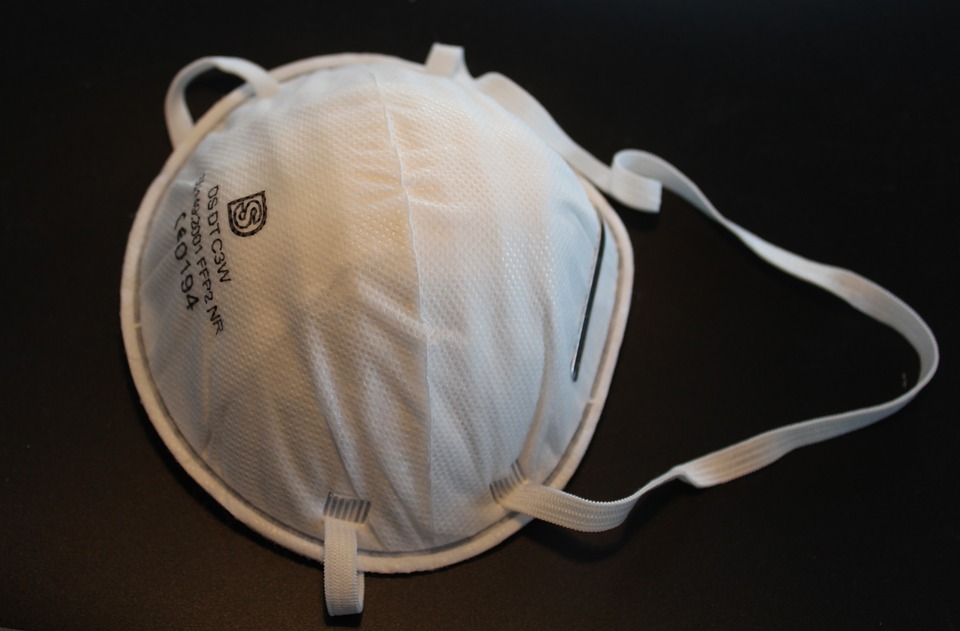HSE to ramp up site visits in dust campaign

The Health and Safety Executive (HSE) is to target construction sites across Great Britain as part of a month-long respiratory health initiative.
Throughout June, inspections supported by HSE’s Dust Kills campaign will focus on respiratory risks and occupational lung disease.
Each year in the construction industry, there are thousands of preventable cases of ill health caused by lung disease due to past exposure to dust at work. These diseases often have a life-changing impact and can result in an early death.
Starting this week, site inspections will have a specific focus on dust control, checking employers and workers know the risks, plan their work and are using the right controls.
HSE has partnered with construction and occupational health organisations to highlight the control measures required on site to prevent exposure to dust. The network of Dust Kills partners includes British Occupational Hygiene Society (BOHS), Construction Industry Advisory Committee (CONIAC) and Civil Engineering Contractors Association (CECA), Construction Leadership Council (CLC), Health in Construction Leadership Group (HCLG) and Construction Dust Partnership.
HSE’s chief inspector of construction, Sarah Jardine, said: “Occupational lung disease is preventable. It can have a devastating impact on both the individuals affected and their family. Every year, construction workers are dying from diseases caused or made worse by their work. We are urging employers and workers to take the necessary precautions today to protect their long-term lung health.”
As part of HSE’s longer term health and work strategy to improve health within the construction industry, inspectors will be checking the control measures in place to protect workers from inhaling construction dust including Respirable Crystalline Silica (RCS) and wood dust.
The primary aim of the inspection initiative is to ensure workers’ health is being protected. However, if safety risks or other areas of concern are identified, inspectors will take the necessary action to deal with them.
Sarah Jardine added: “Through our inspection initiatives, inspectors can visit a range of construction sites to check the action businesses are taking to ensure their workers’ health is being protected. Through speaking to dutyholders we can make sure they have considered the job from start to finish and are effectively managing the risks.
“We want everyone, workers and their employers, to be aware of the risks associated with any task that produces dust and use effective control measures, such as water suppression, extraction and masks, to prevent exposure to dust to ensure they are protected from harm and ill health.”
Peter Crosland, national civil engineering director at CECA, said: “Construction workers still die every week from respiratory related illnesses brought on by their work and this is clearly not acceptable in the 21st century. The reasons behind these fatalities are, I believe, quite complex as no one intentionally sets out to cause harm to either themselves or others but nevertheless these illnesses are still occurring.
“Some of the possible reasons include lack of awareness of the legal duties of employers, lack of awareness of the damage dust can actually cause and lack of time on projects to plan work properly, and that’s both at the design stage and on site. Working together with HSE and other stakeholders, we hope to provide valuable advice to those that need it most.”





















